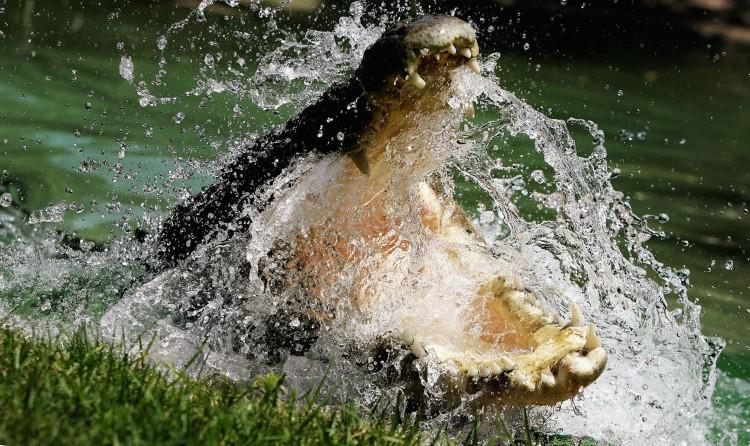
We humans are constantly putting in efforts to make a better and safer life for ourselves, but the world remains a dangerous place. As for wild animals, what determines their danger level might not necessarily be size.
We may think of some of these animals as friendly or harmless, but sometimes even “friendly” or docile-seeming species can become dangerous if provoked.
Here is a list of the top 10 most dangerous animals on earth, beginning with number 10.
10. Hippopotamus
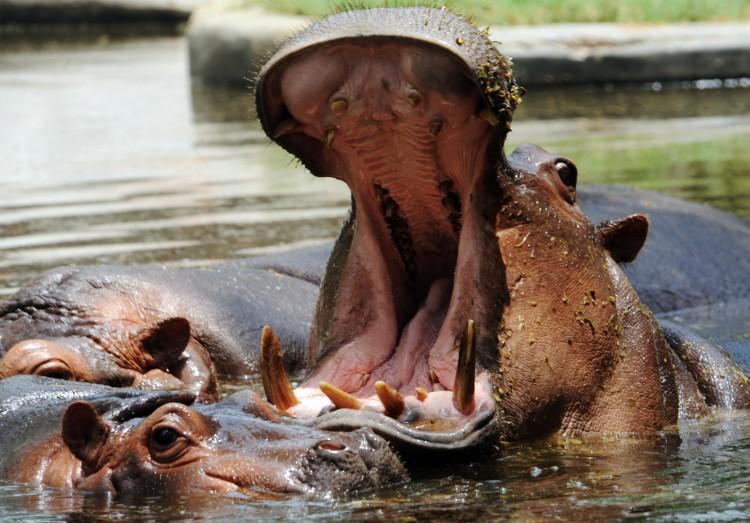
Hippos are usually found in Africa and are responsible for more human fatalities on the continent than any other large animal. Male and female hippos tend to have different reasons for attacking. A male hippo will defend its territory, which runs along the bank of a river or lake, whereas the female becomes aggressive in defending her young.
A hippo can weigh as much as 8,000 pounds, with an average weight of about 3,500 pounds. It can run at speeds of 20 miles per hour, and its mouth can open up to 4 feet high. Its mouth can be used to crush like a sledgehammer.
9. Australian Box Jellyfish
The Indo-Pacific or Australian box jellyfish (Chironex fleckeri) is the most poisonous marine animal known to mankind, and its sting can kill a human. It can be found in Australia’s northern oceans and throughout the tropical Indo-Pacific. It has up to 60 tentacles, each growing as long as 15 feet. The tentacles are covered in cnidocysts, and each cnidocyst is equipped with a tiny needle and a load of toxin that, added together, could kill 50 people.
Most people survive an encounter with this jellyfish, but the pain is excruciating. It can stop a person’s heart or paralyze the person and cause drowning. Reports say this creature causes over 100 deaths a year, but records are sketchy. Reporting jellyfish deaths is not required by many countries, and many areas don’t want to publicize the presence of deadly jellyfish for fear of affecting tourism.
Recommended: 10 Amazing Creatures That Once Roamed America
8. Great White Shark
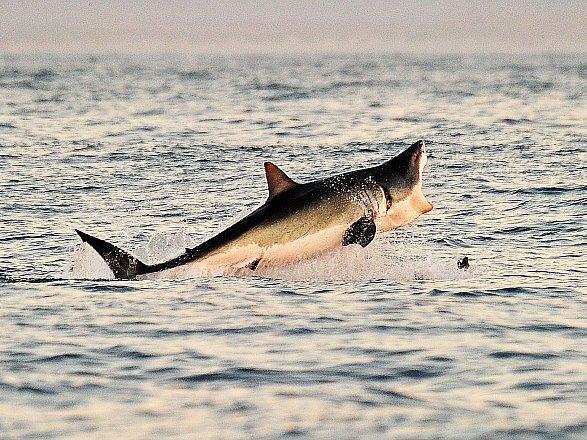
Averaging 15 feet long, with rows of up to 300 sharp serrated teeth inside powerful 4-foot-wide jaws, the great white shark is comfortably at the top of the food chain. It eats a wide variety of species and isn’t too picky, but humans are not preferred, being leaner and bonier than its favorite prey—the fattier seals and sea lions.
Research shows that sharks explore objects with their mouths and will normally “test bite” something to see what it is. Many attacks on humans are thought to simply be these test bites. In the majority of cases, after the initial bite, the shark will retreat, though unfortunately, that first bite can often kill a person.
Of the more than 100 shark attacks every year, one-third to one-half are by great whites, and most of these are not fatal.
7. Grizzly Bear
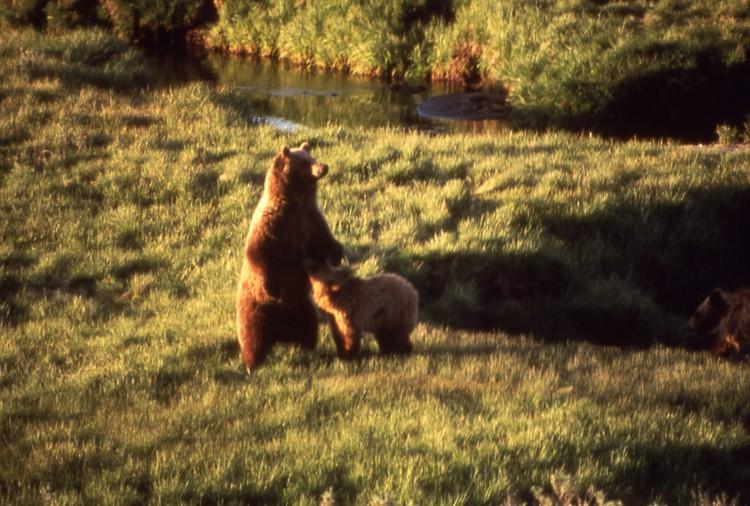
The grizzly bear is a color variation of the brown bear of North America. Grizzlies can reach a weight of 400 to 800 pounds, with the male being nearly twice as heavy as the female. When standing on its hind feet, it can reach up to 8 feet tall. Despite its huge size, it can run at speeds up to 35 miles per hour. The most common reason for a grizzly attack is a female fearing for her cubs. Hungry or ill bears may also attack humans.
6. Cape Buffalo
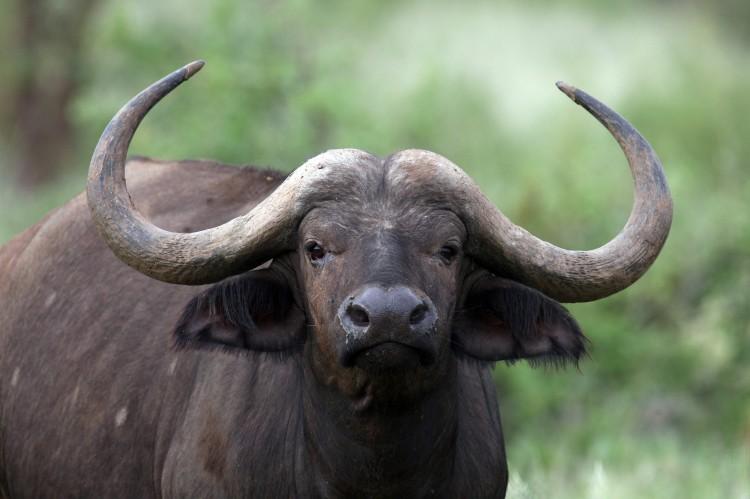
The Cape buffalo, found in Africa, is sometimes called “black death,” being one of the most dangerous animals on land. It is extremely aggressive and unpredictable. It can weigh between 900 to 1800 pounds, and except for some lone bulls, this bovine species is very gregarious. Herd members are quick to defend each other from lions, crocodiles, or hunters, by ramming the predator with their sharp horns. Sometimes a wounded bull will circle around to ambush its hunter from behind. This species kills over 200 people a year.
5. Elephant
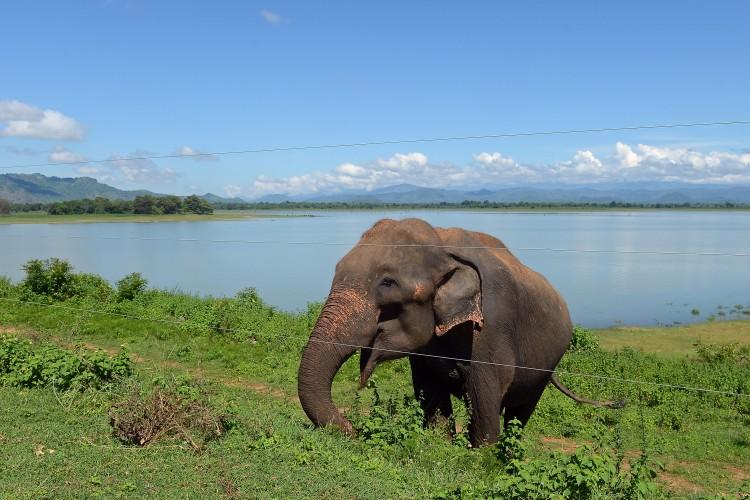
The elephant, the largest land mammal, lives in Africa and some parts of Asia. Normally viewed as friendly, elephants have sometimes been known to exhibit unpredictable behavior and attack without warning. Occasionally there have been reports of a captive elephant that, after years of affectionate behavior toward a keeper, will suddenly attack the person. An elephant’s legs, trunk, and weight can crush just about anything, and one moment of anger can be lethal.
Wild elephants sometimes enter villages and do damage or crush people, and a person can also be trampled inadvertently by a herd moving past. Around 500 people die by elephants every year.
Recommended: 7 Extremely Weird Plants
4. Crocodile
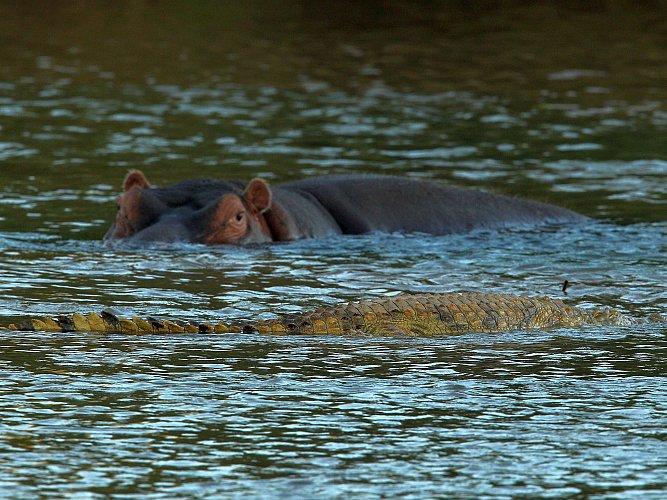
The saltwater crocodile is the largest reptile in the world. The saltwater and Nile crocodiles are the most dangerous, killing hundreds of people a year. The crocodile lives throughout the tropics of Africa, Asia, the Americas, and Australia in slow-moving rivers and lakes. It eats a wide variety of animals, living and dead. Its eyes, ears, and nostrils are located high on the head, which allows a crocodile to see and hear its prey. It ranges from 5 to 20 feet long.
The saltwater crocodile is powerful and fast, and its jaws can apply 3,000 pounds of pressure per square inch. Crocodiles kill up to 800 people every year.
3. African lion
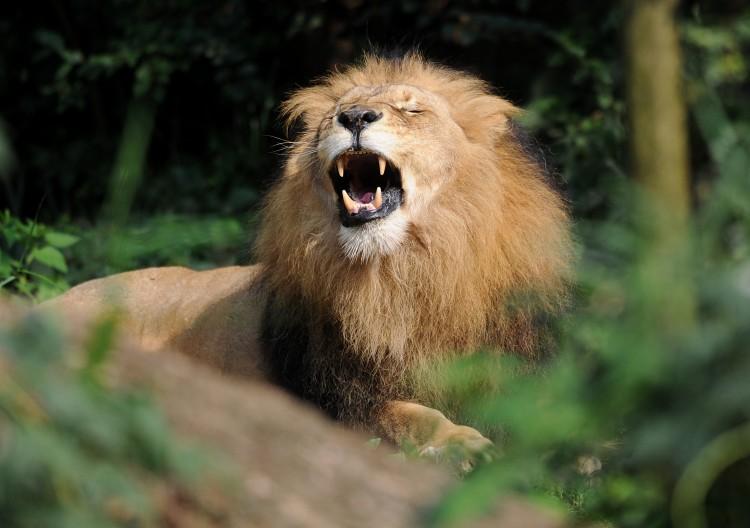
The African lion has amazing speed, razor sharp claws, and teeth to attack its prey. It hunts in groups and stalks its prey before attacking, running in bursts of up to 50 miles per hour. The females usually do the hunting and stalk zebras, wildebeest, and Cape buffalo. The male rarely joins the hunt, being too busy protecting the pride. This dangerous animal has attacked people on farms and in cars at African Safaris; it has attacked trainers in circuses, zookeepers, and people keeping lions as pets. Lions cause hundreds of fatalities a year.
2. Snake
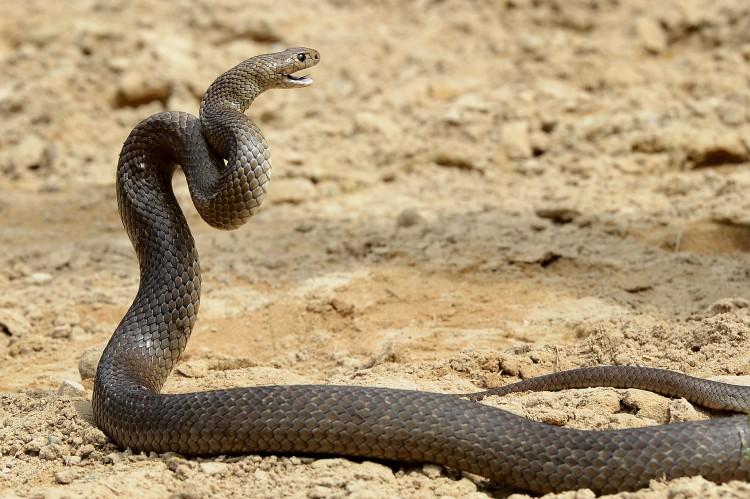
Many species of snakes are dangerous to humans. More than 450 species are venomous, and 250 are capable of killing a person. Most venomous bites occur in Africa, Asia, and North America.
The Carpet Viper causes most of the snakebite deaths worldwide. Its poison can keep the victim’s blood from coagulating, and the person can bleed to death. The Taipan or fierce snake is the most venomous snake in the world, but there have been no fatalities. Antivenom is available, and the “fierce snake” is actually rather docile and reclusive, and lives in a remote area in Australia where few people encounter it.
1. Mosquito
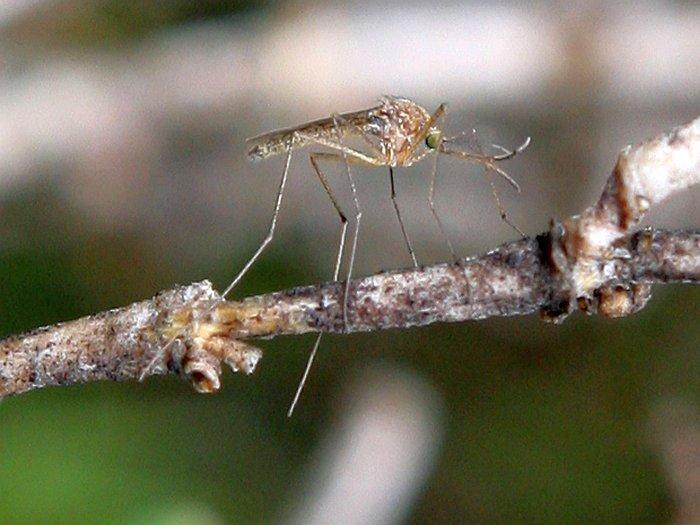
Mosquitoes make number one on the list of deadliest animal in world. This small blood-sucking insect kills over a million people each year worldwide. It can spread diseases, most notably malaria. It can also spread elephantiasis, yellow fever, and West Nile virus. Mosquitoes are found in abundance in tropical areas and can also survive the winter in countries with lower temperatures such as Canada.
Depending on how you look at the statistics, other animals could have also made this list. Among them are the poison dart frog, the Brazilian wondering spider, the scorpion, and the Komodo dragon.
The Epoch Times publishes in 35 countries and in 20 languages. Subscribe to our e-newsletter.
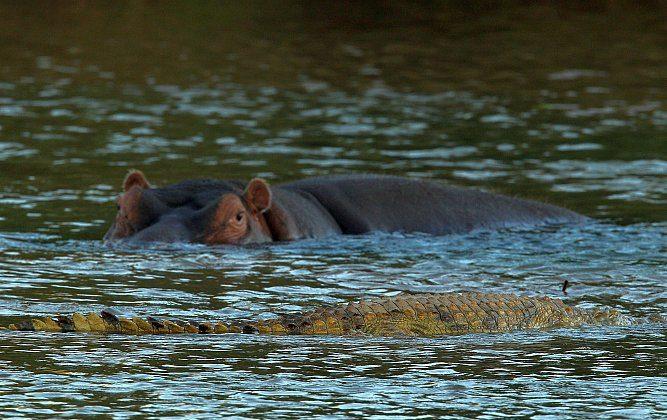


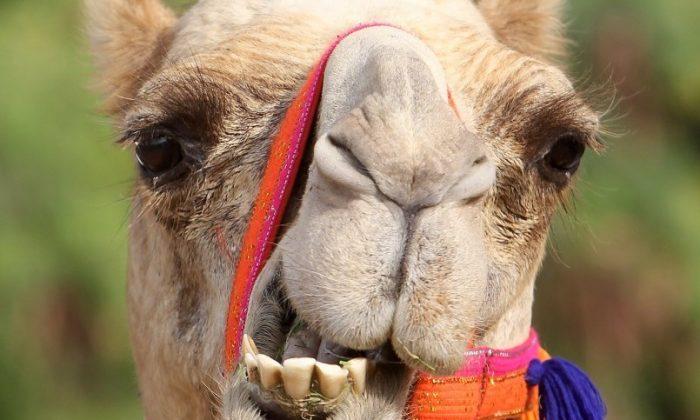
Friends Read Free